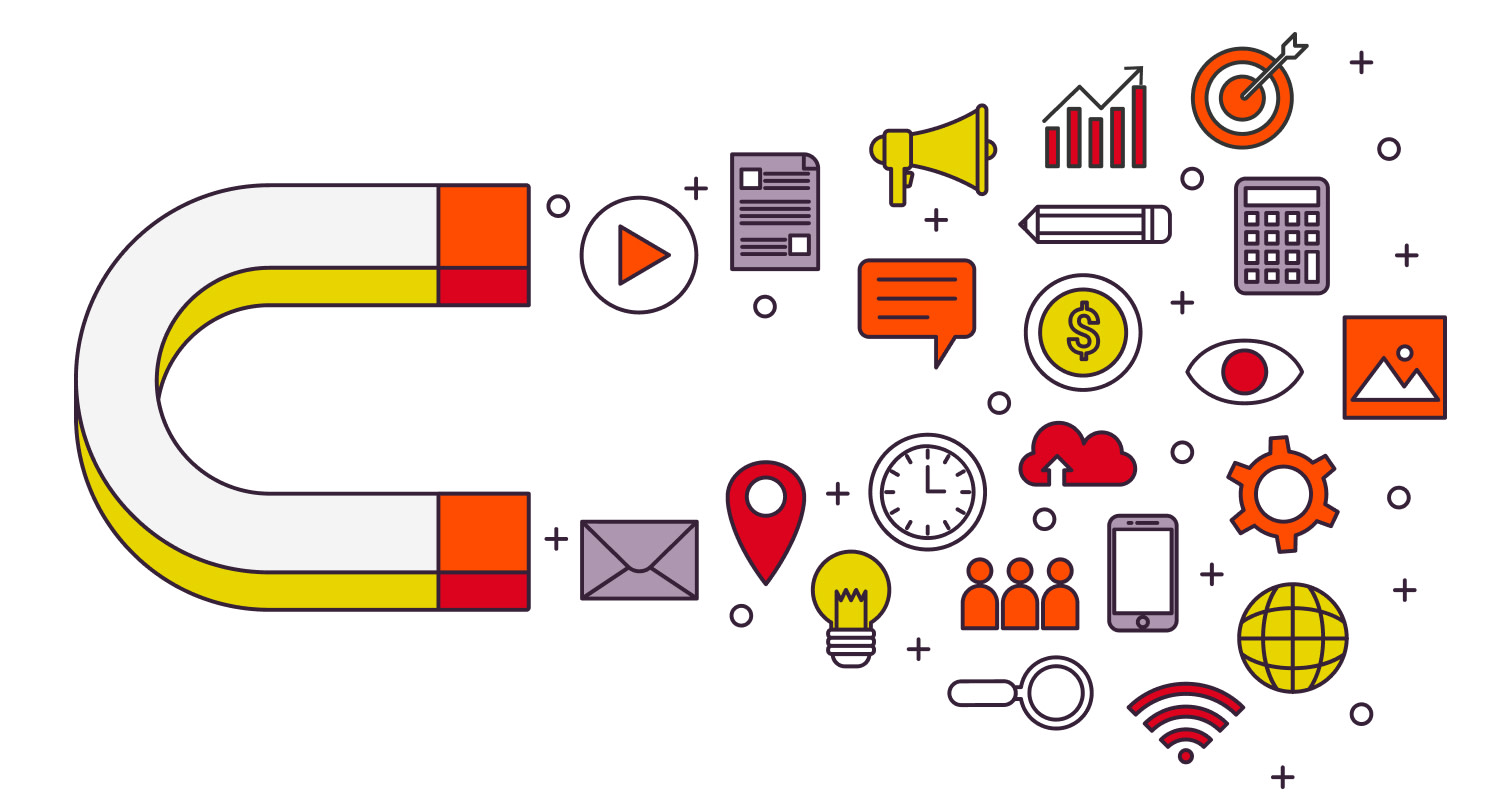//
Nov 18, 2022
Crush Your Competition with an Inbound Content Marketing Strategy
Content marketing is a powerful way to reach your customers and prospects. It helps you build trust, authority, and credibility with the people who need what you have to offer.
When done right, content marketing is incredibly effective at attracting new customers, generating leads, increasing sales, and building brand awareness without any advertising spending at all.
But how do you do content marketing "right"?
That's where the Inbound marketing methodology comes into play.
It's a proven system for creating the right content for each stage of the buyer's journey so that prospects find what they need and want when they arrive on your site looking for information about your product or service.
What is the Inbound Marketing Methodology?
Coined by our partner, Hubspot, the is the most effective way to develop your company by establishing lasting, long-term relationships with clients, prospects, and clients.
The Inbound marketing methodology is comprised of three elements that give momentum to your marketing flywheel:
- Attract
- Engage
- Delight
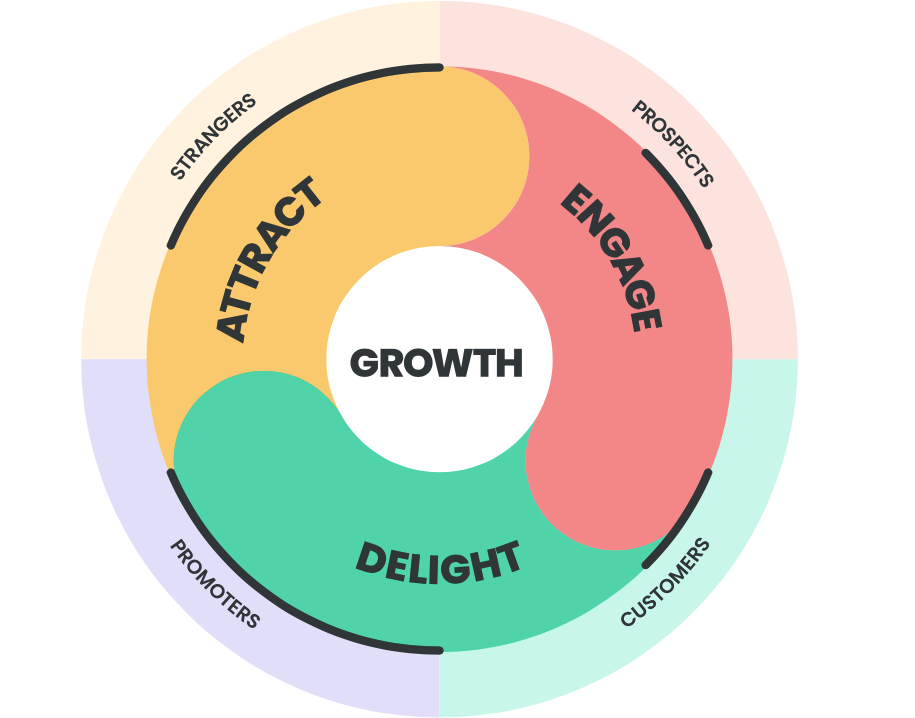
So, what adds fuel to the flywheel to keep it going AND satisfy all three elements of the Inbound marketing methodology?
Content!
Attract, Engage, and Delight Prospects with an Inbound Content Marketing Strategy
If you want to attract more leads and close more deals, an Inbound content marketing strategy can help.
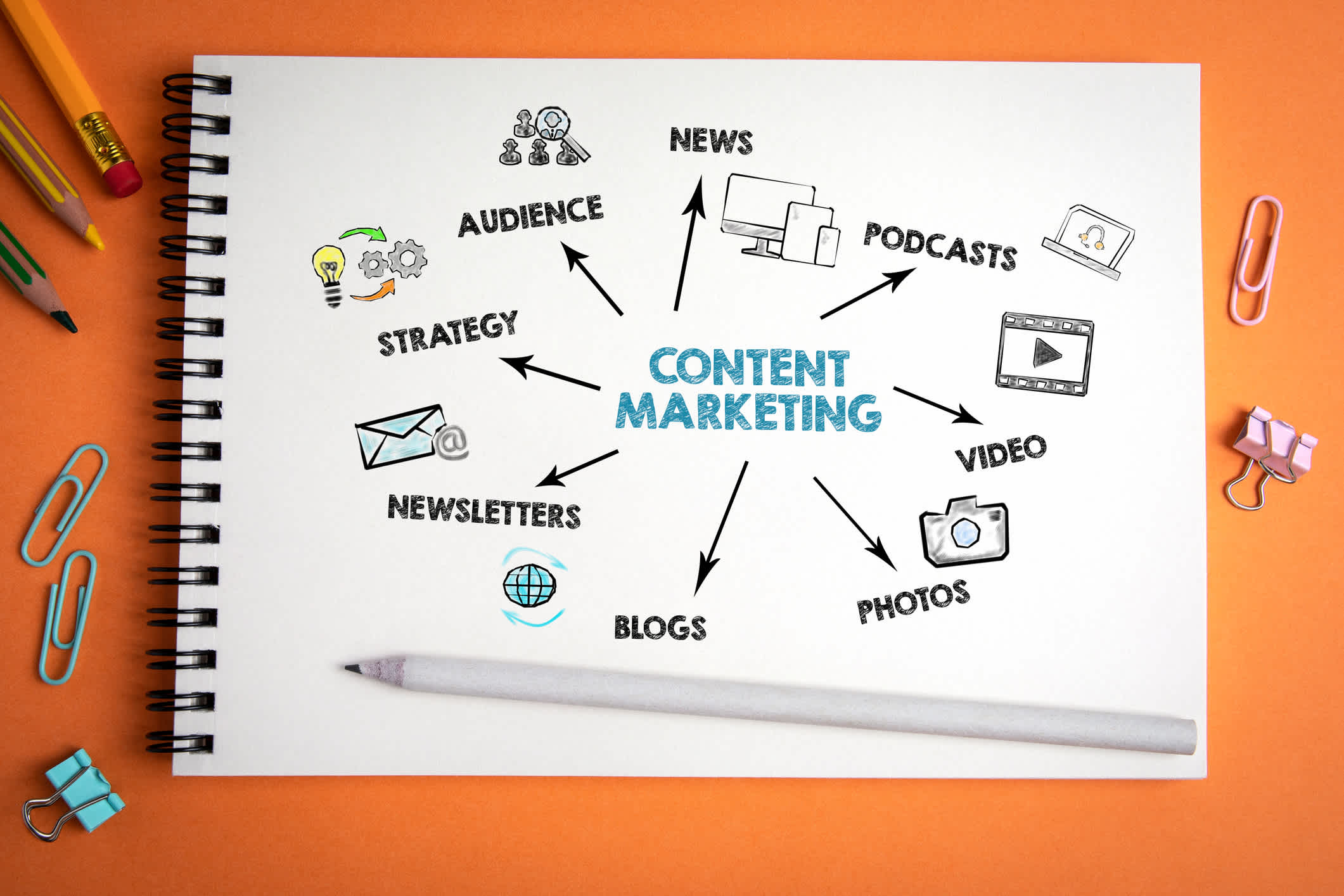
An Inbound content marketing strategy is the process of creating valuable, relevant, and consistent content that helps your solve their problems. This type of content builds trust with your prospects while positioning you as a credible authority in your industry.
To use this strategy effectively, start by asking yourself these questions:
- What problem do my prospects face?
- How can I help them address that issue?
- Is there anything unique about my business or company that would differentiate me from other providers?
In addition to answering these questions, it's important to create a detailed plan for how you will execute each stage of the process within your business—from researching topics to creating and distributing the final product.
Creating the right piece of content at the right time to help your customers move through their buyer's journey
Content marketing aims to offer the right piece of content at the right time to help your customers move through their —in other words, a customer's path to purchase.
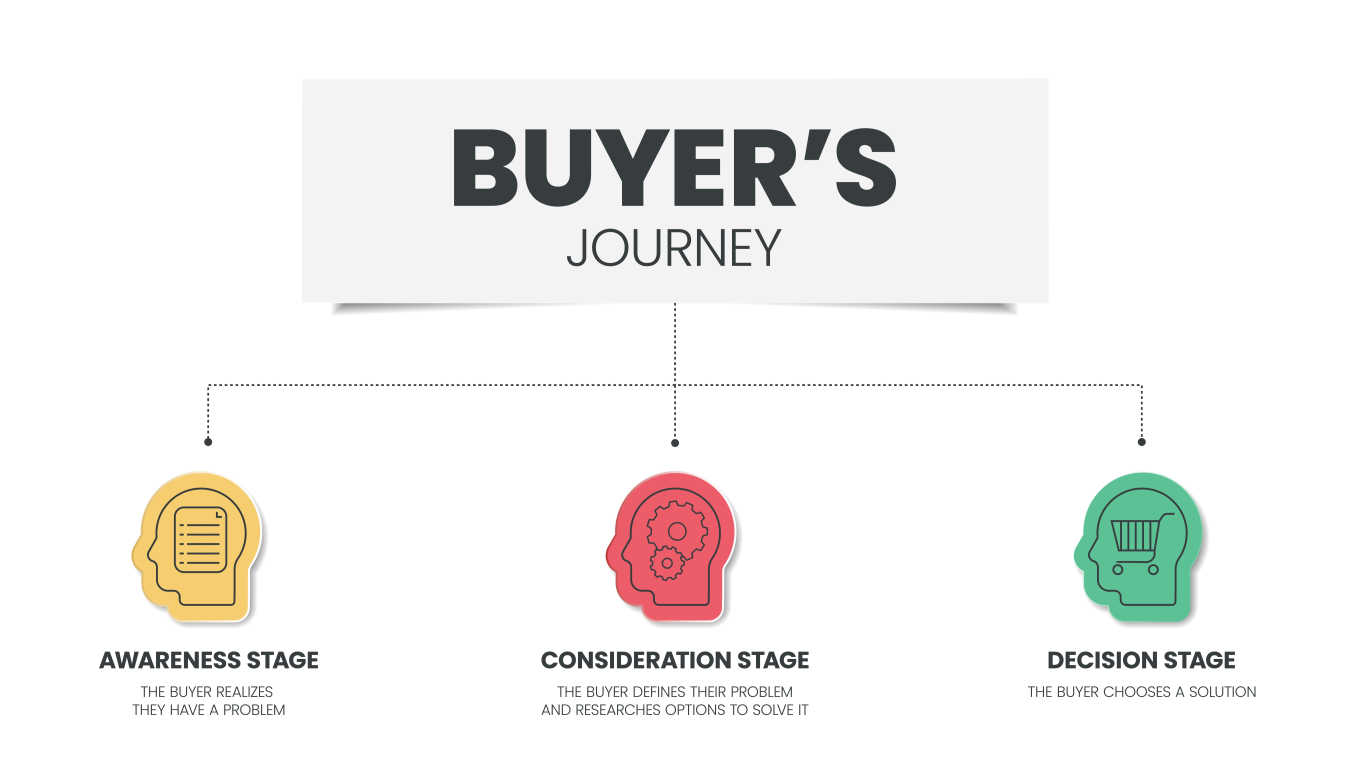
Your company probably already has a lot of information that can help customers make decisions about products or services. But how do you get that information in front of them?
You guessed it: content marketing.
Six Elements to Use in Your Inbound Content Marketing Strategy
Inbound content marketing is about telling a story your target audience relates to and how you can help them solve their problems.

It's not about selling them something but rather about educating them on the benefits of your product or service.
Here are Six Elements for creating a successful inbound content strategy:
1. Have a Clearly Defined Target Audience(s):
Before outlining your content marketing strategy, you need to have a clear picture of your target audience.
For example, spend time researching your ideal customer. Create buyer personas, use data from previous campaigns and the information collected in your CRM, understand your audience's search intent, etc.
2. Know your SMART Goals:
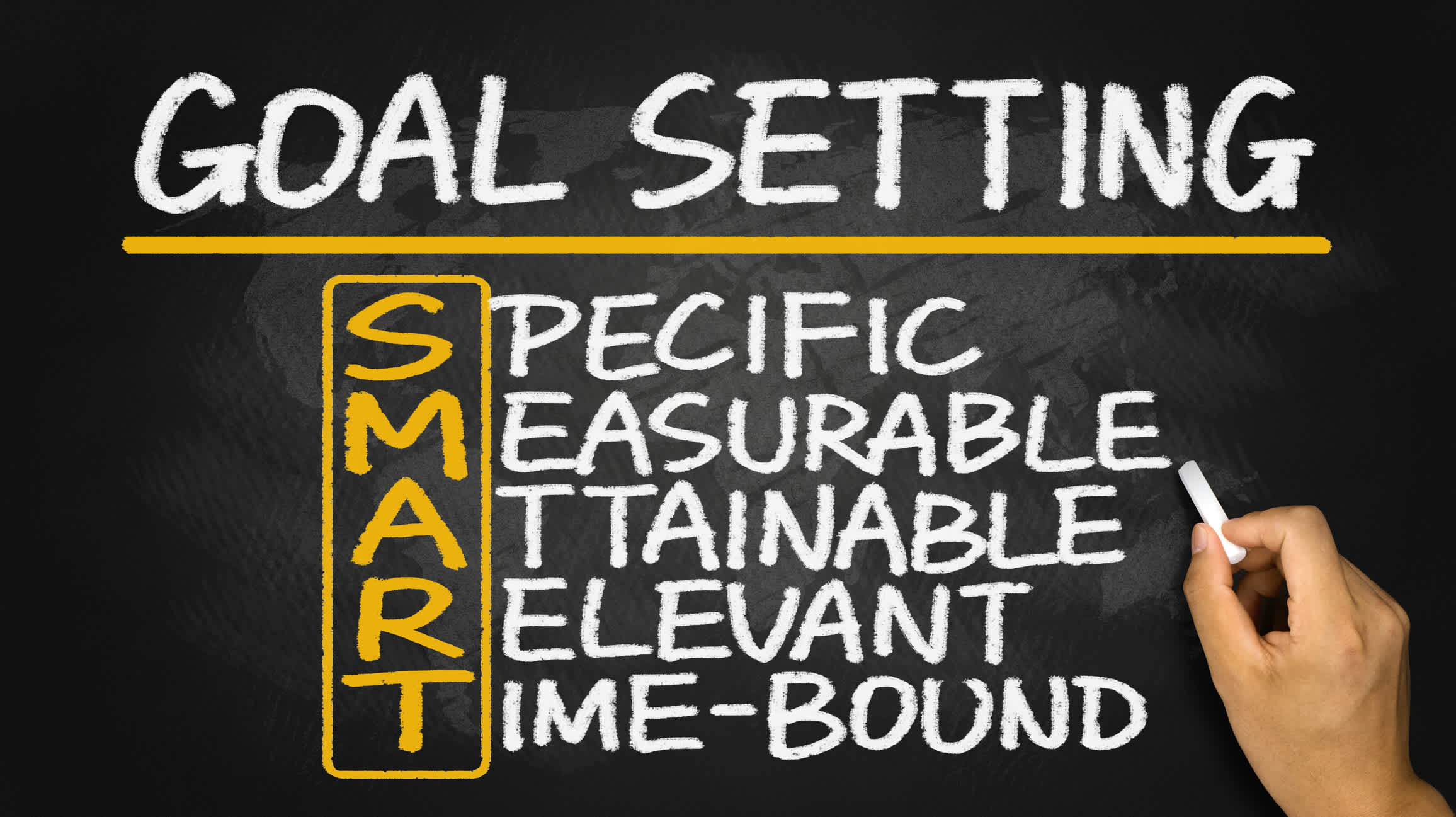
The goals for your content shouldn't just be to close more deals and make a good ROI.
You need SMART goals for each piece of content you create: Specific, Measurable, Attainable, Relevant, and Timely.
For example, if one goal is "increase web traffic by 50%," it needs to be broken down into smaller steps like "create six blog posts this month."
3. Clear Value Proposition
Make sure you're what value your product or service offers compared to similar products or services on the market — what makes yours unique? Make sure this message comes through in every piece of content produced.
4. Branding
It's tempting to focus all of your attention on growing your revenue.

However, if you take the time to establish a solid digital identity for your brand, then it will be easier for potential customers to find you and connect with your brand's message.
Establishing an online identity means considering visuals (logo and tagline), voice (writing style), and web design.
5. Metrics:
If you are getting ready to launch your content marketing campaign, knowing what metrics you should measure and your KPIs is essential.
You need to be able to identify the goals of your campaign and then choose the right metrics to track your success.

For example, if you are trying to increase engagement on social media, then the number of likes or shares may be an appropriate metric. However, the number of clicks might be more important if you want more people to click through and read your content.
Not all metrics will apply equally across different types of campaigns.
If you run an email campaign for customer engagement, it might not make sense to measure how many people have opened your emails or clicked through them because those numbers will always stay the same from one day to another.
Instead, tracking things like open or click-through rates can give you a better idea of how well your campaign is working.
Remember, data might fluctuate based on how many people open their email inboxes each day or whether they have already clicked through on previous emails from this sender.
6. Remember, content marketing is more than just words:
Content marketing is more than just words: it includes strong visuals, interactive design, video, and audio.

The average consumer spends 90 percent of their time looking at visual content—and they're more likely to remember what they see rather than what they read. That's why it's essential to use content that engages people visually and verbally.
It also helps if you can make your content interactive.
People like being able to interact with brands online, so adding videos or quizzes that readers can take part in will help keep them coming back for more.
And if you have the budget for it, consider incorporating audio into your content strategy too!
You can do this through podcasts or vlogs on YouTube or Facebook Live. It can be a great way to build trust with your audience and give them a behind-the-scenes look at what goes on behind the scenes at your business.
Wait! What if I need to improve at writing or know little about video and digital graphic design?
You don't need to be a writer or have film equipment and design expertise to create great visual content for your content marketing strategy.

But that doesn't mean it's easy!
Creating visual content is hard work—and it can be expensive if you don't know what you're doing and end up piece-mealing projects with several . It's also time-consuming and risky.
Don't have the time to learn how to create content that converts? Consider investing in a professional Inbound marketing agency.
Find a team of in-house designers, writers, developers, and SEO analysts who will work with you on every step of the process: from brainstorming ideas to creating the content to search engine optimization.
At , our in-house team ensures that everything we publish is high-quality, customized, and engaging so that it gets results. If you work with an agency, no matter who you go with, their priority should be your success, not their bottom line.
is a strategy that will help you attract, convert, close and delight more customers. It's not easy to implement, nor does it happen overnight, but the results are worth it!
Want to learn more about inbound marketing?
Boost visibility, create engagement, increase leads and make more money with Inbound Marketing
Follow our free, easy-to-follow video series designed to show how to attract and convert more leads— and make more money with these tactics.

